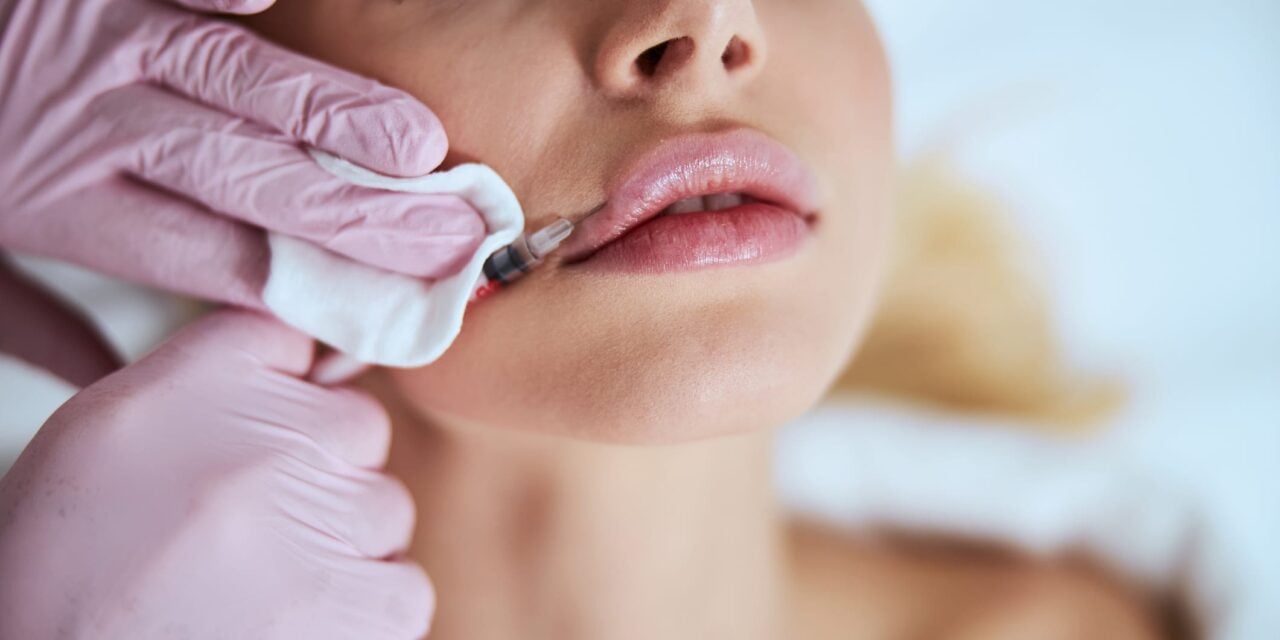A new report examines the key drivers, growth opportunities, and challenges shaping the hyaluronic acid dermal fillers market.
Influencers and social media are fueling the rise in dermal filler procedures among Millennials and Gen Z, contributing to the projected growth of the global hyaluronic acid (HA)-based dermal fillers market from $5.27 billion in 2025 to $9.05 billion by 2032, according to a new report by Research and Markets.
Hyaluronic acid-based dermal fillers continue to lead the non-invasive aesthetic treatment space due to their high biocompatibility, minimal side effects, and ability to deliver natural-looking results. With age-related volume loss and wrinkle formation becoming prevalent among middle-aged and older demographics, HA fillers offer an effective solution without the need for surgery or long recovery times.
The increasing influence of social media and celebrity culture has further pushed the demand for cosmetic treatments such as wrinkle correction, lip augmentation, and non-surgical rhinoplasty. Consumers are more informed and motivated to achieve their desired aesthetic appearance with less invasive methods, the report notes. As a result, dermal fillers are witnessing greater acceptance among younger age groups as well.
With aesthetic treatments becoming more accessible and socially accepted, hyaluronic acid (HA) fillers are emerging as a preferred choice for consumers seeking non-surgical facial enhancements.
Market Drivers
One of the major drivers of the market is the growing popularity of non-invasive procedures. These treatments are preferred over surgical options for their lower cost, minimal downtime, and quick recovery. According to leading associations in aesthetic surgery, non-surgical procedures have seen a significant rise over the past few years, with HA-based fillers consistently ranking among the most performed cosmetic enhancements.
Another key driver is technological innovation. New formulations and cross-linking technologies have significantly improved the longevity and texture of HA fillers. Products now offer results that last up to 18 months, appealing to consumers seeking lasting outcomes. Additionally, microneedle and precision injection techniques are enhancing the accuracy and comfort of these treatments.
Business Opportunities
The rise of medical tourism is presenting new growth avenues. Countries like South Korea, Brazil, Turkey, India, and Thailand have become global hubs for aesthetic treatments due to their cost-effective services and skilled professionals, according to the report. Medical tourists are increasingly opting for dermal filler procedures as part of comprehensive aesthetic packages. These destinations are also fostering innovation in aesthetic medicine, further boosting their attractiveness for international patients.
Social media is also playing a pivotal role. Influencers and celebrities sharing their filler experiences are normalizing aesthetic treatments. This openness is driving demand among younger consumers, particularly Millennials and Gen Z, who view these procedures as part of regular self-care rather than luxury treatments.
Market Challenges
Despite its growth trajectory, the market faces challenges in the form of regulatory hurdles. In regions like the US and Europe, dermal fillers are categorized as medical devices, requiring extensive clinical trials and compliance with stringent medical regulations. These requirements increase development costs and can delay product launches, limiting market entry for smaller players.
The European Medical Device Regulation, implemented in 2021, mandates rigorous evaluation, post-market surveillance, and risk assessments, making it more difficult for new entrants to compete effectively.
Regional Analysis
South Korea stands out as a prominent market due to its advanced cosmetic industry and cultural inclination toward aesthetic enhancements, the report notes. The country continues to lead in the adoption of dermal fillers, supported by a robust healthcare infrastructure and widespread consumer interest in non-invasive beauty solutions. The popularity of HA fillers in South Korea is also driven by their dual application in both cosmetic and medical treatments, such as osteoarthritis care.
Germany maintains its leadership within the European region, thanks to a mature healthcare system and high consumer awareness. Investment in medical aesthetics and innovation is fostering the uptake of HA fillers across the country. The focus on facial rejuvenation treatments without surgical intervention aligns well with the German consumer base, leading to a steady rise in procedure volumes.
North America remains a mature and influential market. High disposable income, an active cosmetic industry, and frequent product launches continue to drive the market forward. The U.S. is particularly significant, given its large base of trained practitioners and broad consumer adoption of aesthetic procedures.





